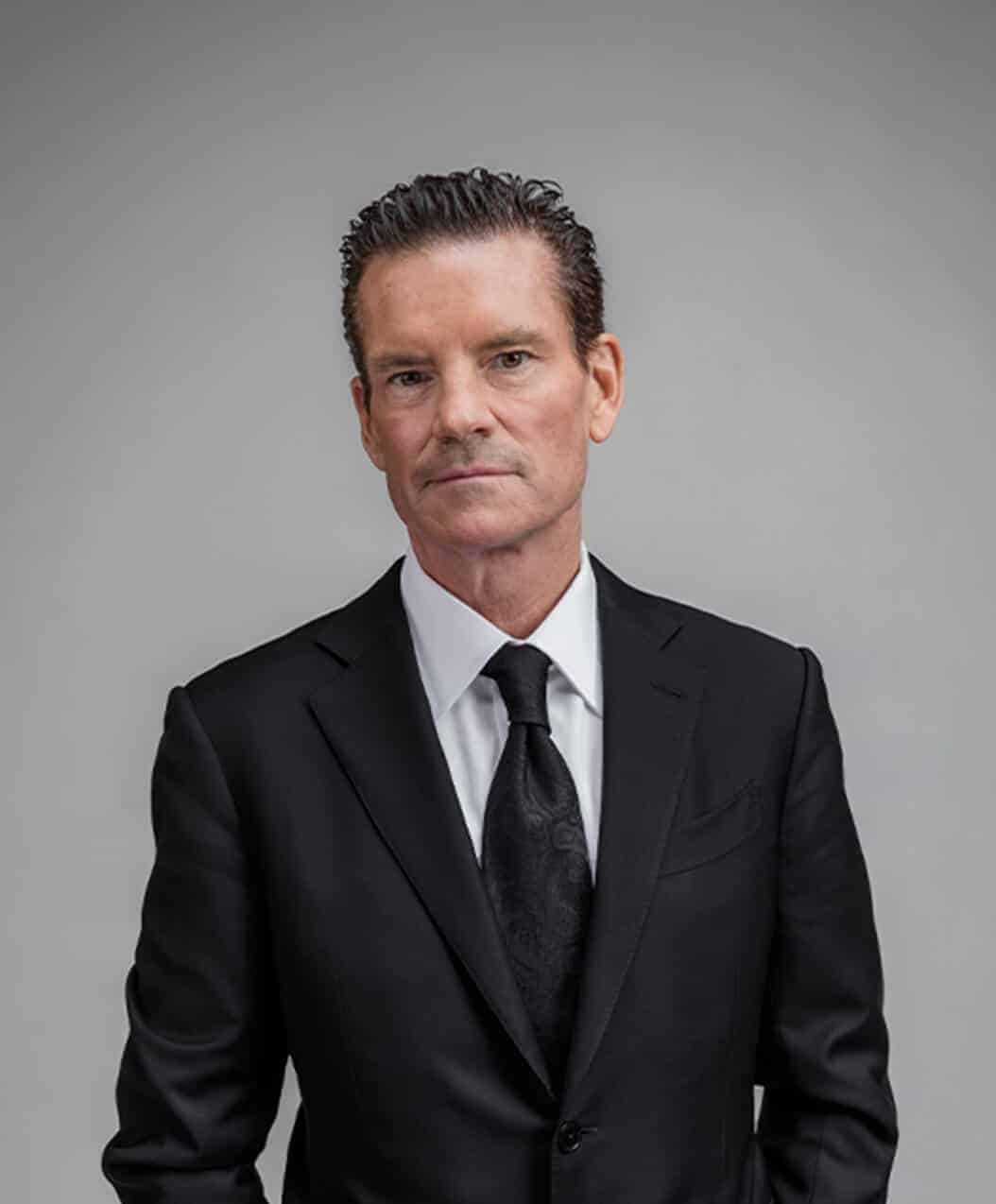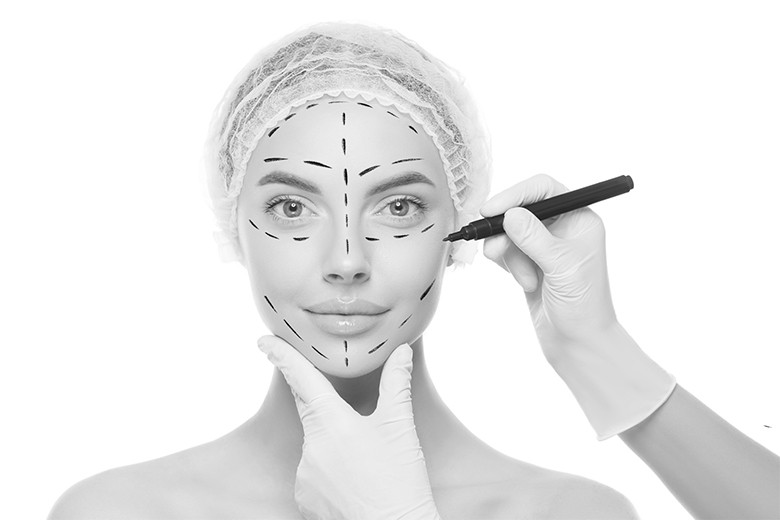March 28th, 2025
Dr. Mulholland, Md
A traditional rhinoplasty typically involves decreasing the size of the nose. People in Western cultures typically want smaller, more refined noses.
Individuals of Asian descent, however, have very different nasal features than those in Westernized cultures. Rounder nose tips, flat nasal bridges, and shorter nose lengths are common features that individuals hope to adjust with an Asian rhinoplasty.
Asian rhinoplasty is an advanced surgical technique used to correct the shape and size of an individual’s nose while still preserving the natural beauty of their ethnic background.
If you’re considering an Asian rhinoplasty in the near future, here’s what you need to know:
What Is Asian Rhinoplasty?
Asian rhinoplasty is sometimes referred to as an ethnic rhinoplasty. It’s a type of rhinoplasty commonly performed on individuals with Asian features. This type of rhinoplasty is also used to address common insecurities like wider nostrils or a flat nose bridge. During the procedure, a plastic surgeon will use advanced surgical techniques to help address the patient’s unique aesthetic concerns and achieve better facial harmony while respecting ethnic features.
In most cases, the procedure involves augmentation rather than a reduction. This means tools like grafts and implants are used to reshape the nose rather than reduce the size of the nose.

Unique Features of Asian Noses in Rhinoplasty
Some of the most common anatomical traits of Asian noses include:
- Flat nasal bridges
- Shorter nasal length
- Lower nasal bridge
- Wider nasal bases
- Less-defined nasal tips
People of Asian descent typically have weaker cartilage in the nose. Some also have thicker skin, which can make the procedure more challenging.
A traditional rhinoplasty typically involves making the nose smaller. An Asian rhinoplasty is used to correct issues and make the nose bigger. This means, plastic surgeons must take a different approach to the procedure and use techniques to get the patient’s desired look.
Techniques Used in Asian Rhinoplasty
Several different Asian rhinoplasty techniques may be used to correct nasal features or nose shape. Some of the most common include:
Cartilage Grafting for Nasal Tip Definition
If a patient wants to adjust the shape and size of their nasal tip, a plastic surgeon may recommend cartilage grafting. This technique is typically used to create a more well-defined nasal tip. To get the desired looks, cartilage is pulled from the rib, ear, or septum. The cartilage is then placed and shaped on the tip of the nose to improve projection and definition.
Nasal Bridge Augmentation
Patients with a flat or lower nasal bridge may need a nasal bridge augmentation. A plastic surgeon will use rib cartilage or an implant to adjust the height of the nasal bridge. This can help patients receive a more defined nasal bridge that is well-defined but looks natural. When using the technique, a plastic surgeon will avoid over-shaping to help preserve your natural features.
Refining the Nasal Base
A wide nasal base can impact facial harmony. If a patient has a wide nasal base, a plastic surgeon will use an extension graft to reshape or extend the nasal base. This can help patients achieve a more balanced, harmonious look. Other techniques, like a columellar advancement, can help reshape and reposition the nostrils at the base. This can help patients achieve a more balanced appearance.
What to Expect During and After Asian Rhinoplasty
If you’re struggling with a flat nasal bridge or a wide nasal base, you may be wondering what you can do to enhance the appearance of your nose while preserving your Asian features.
The first step is to find a reputable board-certified plastic surgeon in your area with experience performing Asian nose rhinoplasty. During your consultation, a plastic surgeon will discuss your desired outcomes and goals while helping you set realistic expectations.
During the procedure, you’ll be put under general anesthesia. After the surgery, it can take six to 12 months to fully heal. However, the swelling should subside after four to six weeks, and you can return to your normal activities a few weeks after the operation with your surgeon’s approval. To achieve the best results from the procedure, you must follow the proper aftercare tips provided by your surgeon.
Preserving Ethnic Identity in Asian Rhinoplasty
An Asian nose rhinoplasty is an innovative procedure that can enhance your natural beauty while respecting cultural and ethnic features. You’ll want to express your concerns and desired results with your plastic surgeon during your consultation. You’ll want to ensure they know how to use modern techniques to enhance the shape of your nose without westernizing your appearance. Reading online reviews, reviewing before and after pictures, and checking for professional certifications are the best ways to determine if the surgeon can perform the procedure.
Toronto Plastic Surgeons and the team at the TPS clinic are here to help you achieve your desired results. We understand the complexities of Asian rhinoplasty and know what is needed to help you refine the shape of your nose while still maintaining the integrity of your natural ethnic features. After a consultation, we’ll develop a personalized treatment plan aligned with your needs.
Contact us today for a free consultation.



